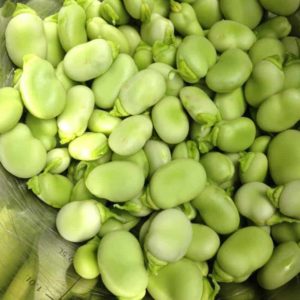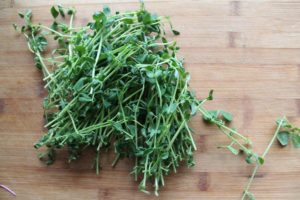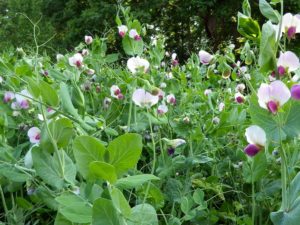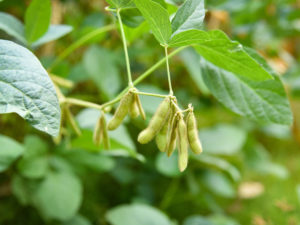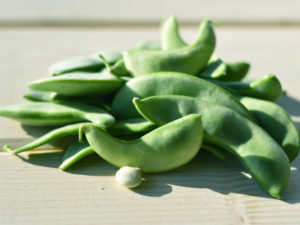Soybean plants are bushy, flowery annual legumes that are part of the Fabaceae family (peas and beans family).
The soybean plant’s scientific name is Glycine Max, but it’s also known as soy, soya, frijol, Haba de Manchuria.
These plants grow in shrubs, trees, or as climbers, and much like any legumes, they improve the soil by igniting it with nitrogen after harvest.
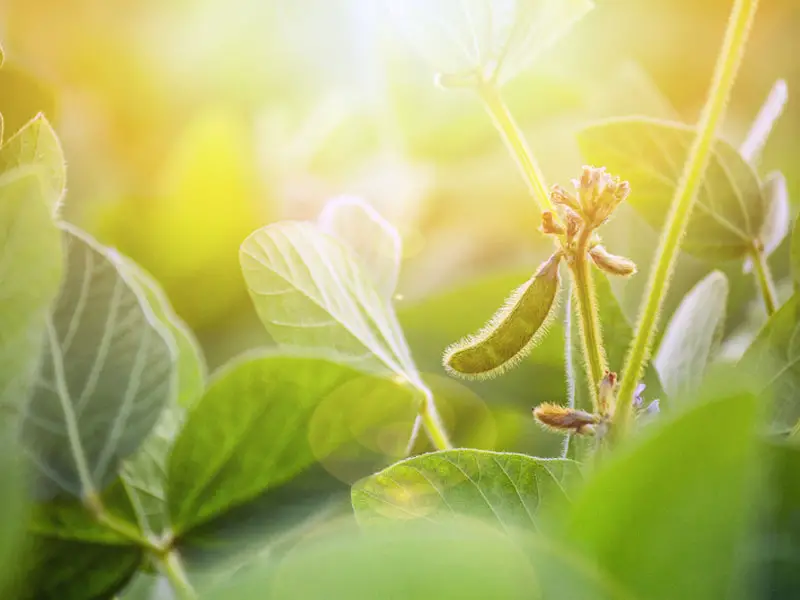
Soybean plants are hardy and adapt quickly to different kinds of soils.
These plants are so versatile that their uses include human and animal consumption and industrial production from oil, cosmetics, and hygiene products to plastics, papers, and textiles.
The beans of soybean plants are edible and considered a vital ingredient on family dinner tables worldwide.
Soybeans are regarded due to their high content of protein.
Nowadays, enthusiastic gardeners include soybean in their vegetable patch, kitchen gardens, containers, or as a solution to improve their soil and attract livestock to their farms.
Depending on the type of bean seeds, soybean plants can grow on average three to six feet tall.
| Scientific Name | Glycine max |
| Common Names | Soy, Soya, Frijol, Haba de Manchuria. |
| Hardiness | Frost-Tender. |
| Indoor or Outdoor Plant? | Indoor by windowsills or Outdoor in the warmer temperature. |
| Sun Exposure | Full sunlight but tolerates partial shade. |
| Water | Water regularly and generously. Additional water requirements while growing flowers and pods. |
| Size | Average between 3 to 5 feet |
| Soil Type | Any type and well-drained soil. |
| Soil pH | Neutral pH. The ideal soil pH should be from 6.2 to 8. |
| Flower | Small pink or white flowers. |
| Growing Difficulty Level | Fairly easy and fast-growing, depending on weather conditions. |
Soybean Plant Appearance and Characteristics
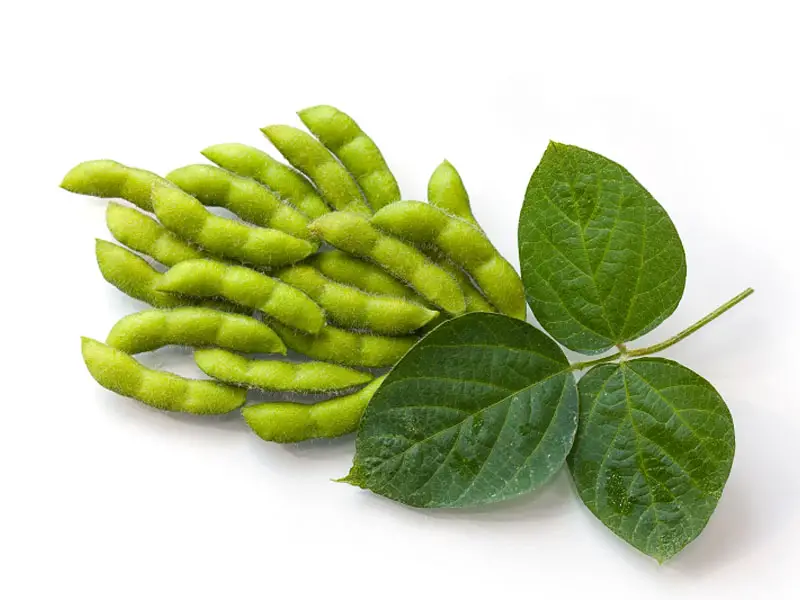
Soybean plants are erect, bushy plants.
Their stem is woody, and their leaves are oval.
There are several varieties of soybean plants to choose from.
Soybean plants reach a full size from 60cm to 150cm tall.
The soybean plant develops bouquets of beautiful pink or white tiny flowers.
The soybean plants are self-pollinating, so, therefore, require minimum insect intervention to germinate.
The pods of the soybean are about 6cm long and normally contain up to 4 big beans, and these are their seeds.
The color of the seeds differs according to the type of soybean plant.
Some seeds are yellow, black, purple, green, or even mottled.
Soybean plants can grow in any type of well-drained soil.
Soybean Plant Growing Guide
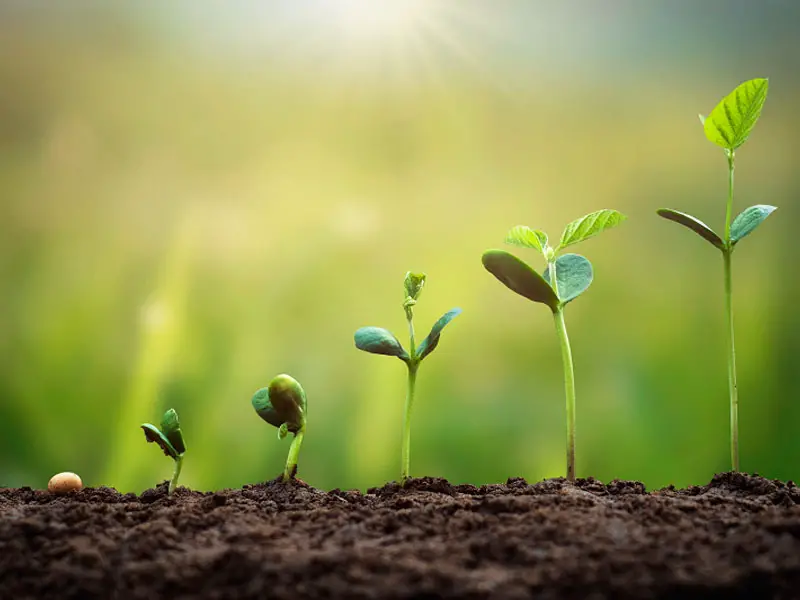
Growing soybeans is easier than you think, but a few simple steps should be followed to get the maximum out of your harvest.
The first thing to consider before planting a soybean is to prepare the soil.
A soil free from weeds deaccelerates erosion and balances the soil pH and its nutrients.
The new plants will be much healthier, and you will have a better harvest.
Soybean beans appreciate well-drained but moist soil in a sunny position.
Soybean plants grow tall (up to 1.2m or 4ft), so keep in mind that there won’t be much of a crop when planted in a small garden space.
Soybean plants are mainly self-supporting.
Here are some important general rules and tips for growing these plants:
- The best time to sow soybean plant seeds is two to three weeks after the last frost when the soil is warmer at about 15C (60F). This is usually in late spring to earlier summer.
- Dig holes of about 3 to 5 cm deep with 7cm between each hole. Place the seeds inside the holes one by one. Avoid sowing in deep holes as this results in seeds not developing at all.
- Top Tip: Keep the distance between rows of 40 to 60cm.
- Once the seeds have been sown, overwatering will damage the seeds.
- After the new crops start shooting up (a couple of centimeters tall), check for the plants that look weak and eliminate them by trimming them to the soil level. Keep the roots untouched.
- Getting rid of the weak shoots allow the other ones to grow healthier and stronger.
- Control weeds regularly while the soybeans crops are young by pulling weeds by hand. Competing weeds suffocate the new crops.
- Once the new plants are established and stronger, you don’t need to bother to clear weeds as the soybean plant will take them over.
- The soybean plants are ready to harvest around the end of July to the end of September, when the pods are about 7cm long, look green and swollen.
- Make sure to pick the pods before they turn yellow.
- Avoid planting soybean plants in the same field for two consecutive years as the soil will be starved of nitrogen and nutrients.
- Rotation is important when growing soybean plants. The soil will need to be prepared with fertilizers for new crops.
Water
The soybean plant is happy in moist soil but not in saturated soil.
Soybean plants can tolerate dry soil before blooming at the expense of developing new pods.
There are three critical periods when soybean plants require additional water: when new shoots appear, when pods are growing, and when the plant is flowering.
Water regularly and generously; however, high moisture levels result in taller plants with more foliage, making them more prone to disease.
Light
The soybean plants thrive in full sunlight.
They will tolerate partial shade, but this is at the expense of the production of new pods.
Soil
The soybean plant requires fertile and well-drained soil to excel.
The lack of nutrients or excess fertilizers will affect their development rate.
Soybean plants prefer neutral pH to slightly acidic soil. The ideal pH is between 6.2 to 8.
Although soybean plants adapt to a variety of soil, keeping the pH levels neutral is ideal for growing them.
Test the soil before planting and arrange for neutralizers if necessary to keep the soil well balanced and guaranteed the absorption of nutrients.
Top Tip: Don’t let the plant sit in wet soil with bad drainage, as this makes them prone to diseases and root rot.
Temperature and Humidity
The optimal time to sow soybean plants is late spring to early summer when the soil and weather conditions are warm.
The soybean plants need a warm and humid climate to thrive.
The ideal temperature is between 20 to 30 degrees C and can even withstand cold weather of as low as -4 degrees C.
The soybean plant actively grows when the temperature during the day is about 32 degrees C and 22 degrees C during the night.
Propagating and Pruning
There are many varieties of soybean plants.
Fortunately, all of them have the same basic needs: weather conditions and soil temperature.
Propagating soybean plants is an easy and fun task that can be done in the kitchen, and all the family can get involved too.
The ideal indoor temperature for this experiment to work is between 20 to 25 degrees C.
In winter, you can warm the room with the help of a heater or radiator. Follow these steps to propagate your plant:
- First, soak the seeds overnight for approximately 12 hours in water.
- In an empty, small, glass jar put a thin layer of wet cotton pads.
- Place seeds and cover with another layer of damp cotton pads. This way, you accelerate the germination process.
- Control the humidity by checking that the cotton pads are lightly moist.
- Do not leave the seeds on either dry cotton or very saturated pads because the seeds will get damaged.
- The seeds will germinate after three days and plant in a seedling bed.
- Wait until the roots are about 2cm long. Pay attention to the roots as they are fragile and can break easily.
- Remove the new plant from the seedling bed, dig a small hole in a planter, and put the new plant in it. Pat the soil and press the soil down lightly.
- Water and enjoy your plant!
Advantages of Growing Soybeans
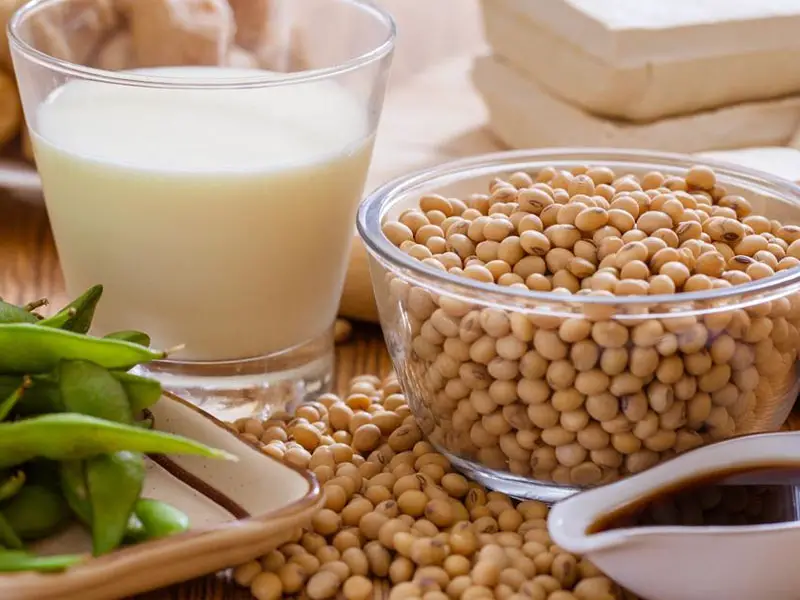
Soybean beans are regarded for their high content of protein, fiber, calcium, folic acid, vitamins, and minerals.
They are very versatile, mainly for animal consumption and on a smaller scale to human consumption.
Soybean beans are important for industrial processes such as oil, cosmetic products, hygiene products, plastics, furniture, paper, paint removers, and textiles.
The soybean plants can fix nitrogen levels in the soil, making it the best alternative for crop rotation along with corn, wheat, and other cereals.
Planting soybeans is an efficient alternative to gardeners instead of fertilizers too.
It is also a sustainable way to keep the garden free from weeds and diseases.
Planting soybeans benefit your garden as their beautiful; small white flowers will attract pollinators like butterflies to the rest of your garden.
Soybean Plant Pests, Diseases, and Problems
Soybean plants are prone to a long list of diseases, viral and bacterial, and pests that affect the production of beans.
The grain quality also affects the development of the plant; that’s why it’s important not only to invest in high-quality seeds but to treat the seeds before planting.
It is essential not to handle soybean plants while they are wet or covered in dew, as this increases the chances of spreading fungus spores and diseases.
Make it part of your routine to check for pests as well as the soil conditions. Some of the most common problems are listed below:
Soybean Rust
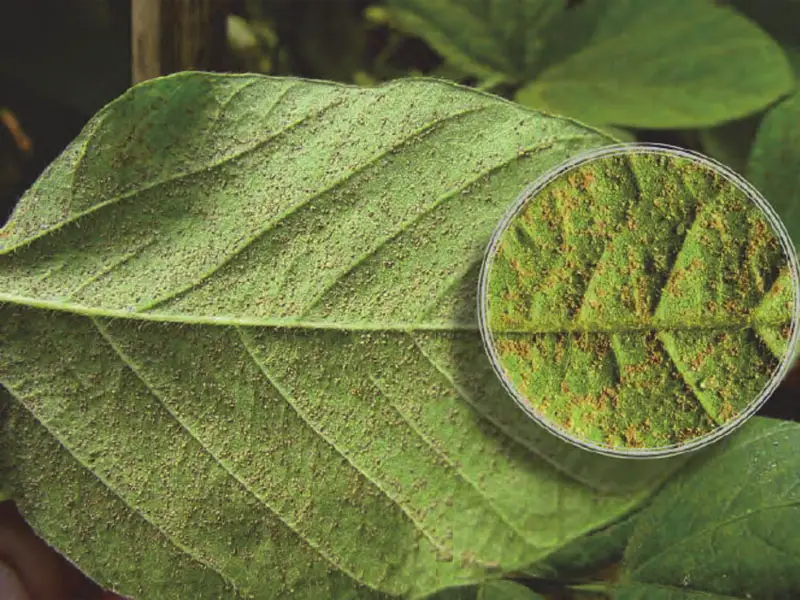
Soybean rust is caused by a fungus that develops while the plant is flowering.
Wet and high humidity weather is the perfect environment for this fungus to grow. It Spreads very quickly, causing leaf spots and loss of plant foliage.
Aphids
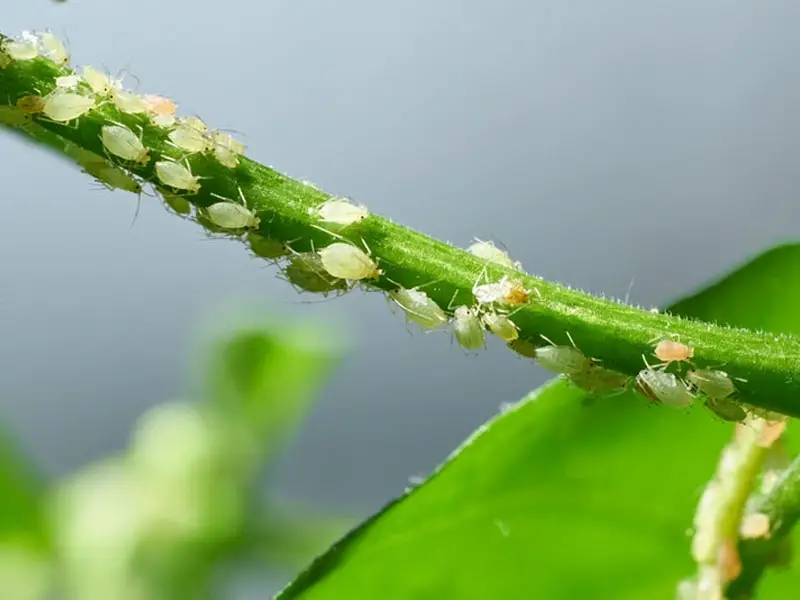
These insects transmit the mosaic virus in soybean plants from infected seeds.
Curly and spotty leaves are the first signs of disease in the soybean plant.
Treat aphids with pesticides as soon as an infestation is noticed.
Bacterial Blight
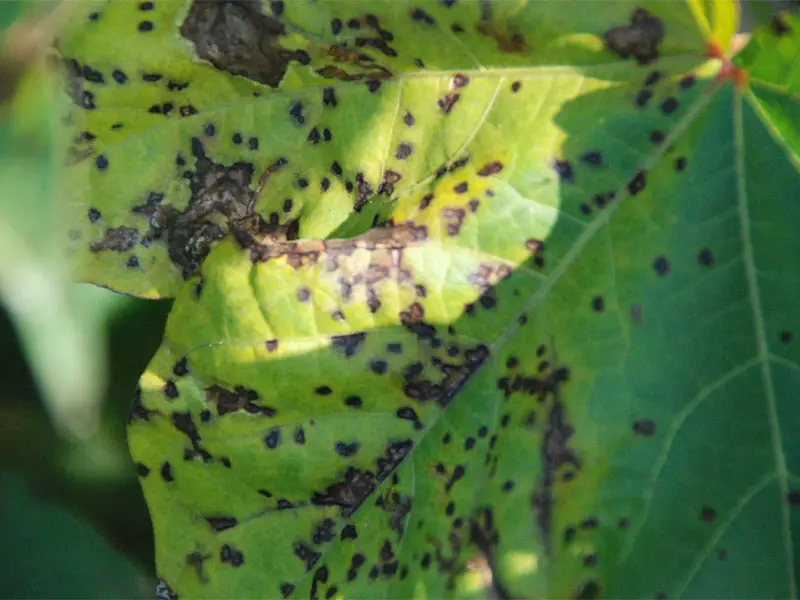
Bacterial blight is oval shape brown or black spots.
The first signs are isolated then the infestation causes the plant to fall.
Wet and highly humid weather conditions are the perfect environments for this fungus to develop.
White Mold and Powdery Mildew
White and dense felt attacks roots and leaves.
These diseases cause the plant to wilt and fall.
Treat them by destroying residue from the previous harvest and apply pesticides.
Wireworms
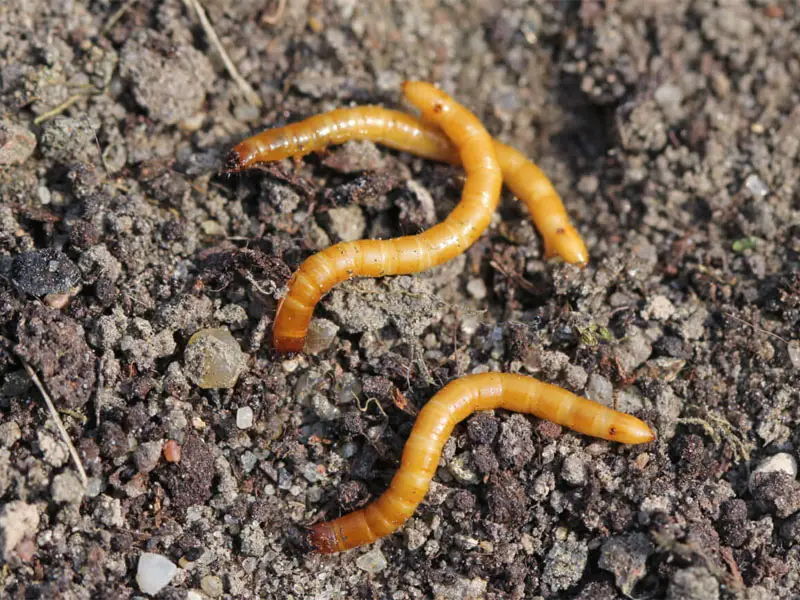
They are dangerous as they are challenging to identify.
Wireworms attack the roots of the plant and kill it.
Treat wireworms by applying compost with minerals that destroy the wireworms.
Proper crop rotation will prevent this issue too.
Bean seed fly
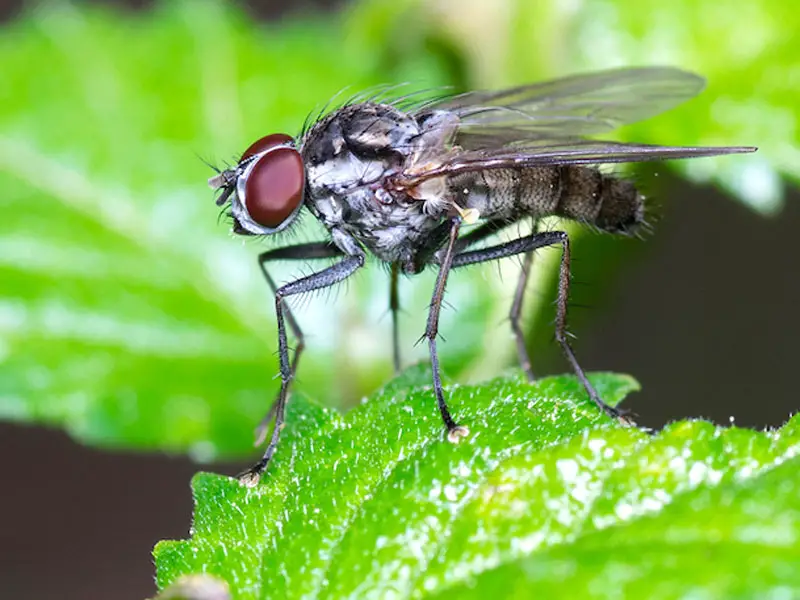
They live inside the soil in winter as a pupa.
In spring, they mature into adults and lay their eggs near the plants.
After hatching, the larvae eat the seeds. Treat them with chemical pesticides.
Powdery mildew

Powdery mildew appears as white blotches or powdery-looking patches.
It is caused by an excess of water or humidity near the stems and leaves.
Treat with a soapy water solution or fungicides.
Soybean Plant Seeds
There is a wide variety of soybean seeds to choose from.
You can purchase soybean seeds in health food stores, specialty markets, and in the supermarket.
Get your quality seeds from your trusted supplier.
Alternatively, take a look at these links:


FAQs
Can I grow soybean plants in my garden?
Yes, you can grow soybeans in your garden but keep in mind that they are pretty tall plants once matured.
You won’t be able to fix a good crop in a small place.
Have all the soybean beans been domesticated?
No, there are still wild soybean plants.
They produce small black seeds rather than big yellow ones.
They grow trailing stems and have a longer growing season and flowers later than the domesticated varieties. They are resistant to drought and salt stress.
How to avoid a high infestation in soybean crops?
High-quality and pretreated seeds before planting reduce the chances of problematic crops.
Gardeners should carry out regular checks to ensure the health of their garden.
You May Also Like: The Complete Edamame Plant Care Guide


